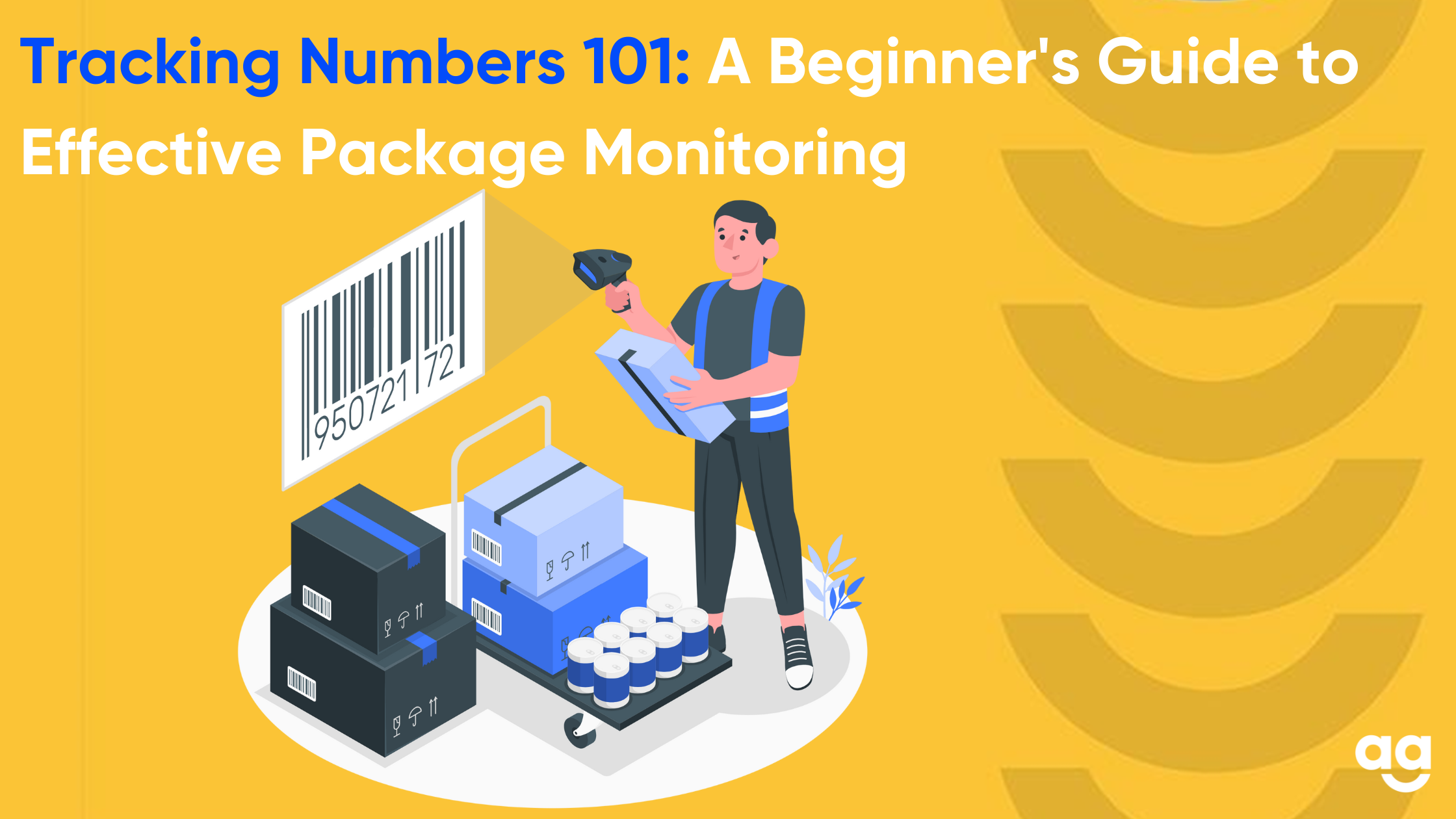Introduction
When it comes to managing shipments and ensuring smooth deliveries, tracking numbers play a vital role. Tracking numbers provide valuable information about the whereabouts of packages, enabling businesses and individuals to monitor their shipments effectively.
In this beginner’s guide to tracking numbers, we will explore what tracking numbers are, how they work, and how you can use them to enhance package monitoring and delivery management.
What Are Tracking Numbers?
Tracking numbers, also known as tracking codes or tracking IDs, are unique alphanumeric codes assigned to individual packages or shipments.
These codes act as digital fingerprints for packages and serve as a reference point throughout the shipping process. When a package is shipped, a tracking number is generated and associated with it, allowing both the sender and receiver to track the package’s progress.
How Do Tracking Numbers Work?
Tracking numbers work by connecting various points in the shipping process.
Let’s break down how they function step by step:
Generation:
Once a package is prepared for shipping, the shipping carrier assigns a unique tracking number to it. This number is usually a combination of letters, numbers, or both.
Scanning:
As the package moves through the shipping network, it goes through multiple checkpoints where it is scanned. These scans update the package’s tracking information, including its location and status.
Data Updates:
The tracking number acts as a reference to link the scans and updates with the specific package. This information is then made available to the sender and receiver through the shipping carrier’s tracking system.
Online Tracking:
The sender or receiver can enter the tracking number into the shipping carrier’s website or mobile app to access real-time updates on the package’s location, estimated delivery date, and any exceptions or delays.
Benefits of Using Tracking Numbers
Using tracking numbers offers several advantages for both businesses and individuals involved in shipping and receiving packages. Here are some key benefits:
Package Visibility and Accountability
Tracking numbers provide transparency and visibility into the shipping process. By monitoring the package’s progress, both the sender and receiver can easily track its location and estimated arrival time. This visibility enables proactive planning and reduces anxiety by ensuring that the package is on the right track.
Delivery Confirmation and Proof
Tracking numbers also serve as proof of delivery. Once the package reaches its destination, the carrier scans the tracking number, marking it as delivered. This confirmation helps resolve any disputes or claims related to the delivery, providing evidence that the package reached its intended recipient.
Exception Monitoring and Issue Resolution
In case of any exceptions or delays, tracking numbers help identify potential issues along the shipping journey.
If a package encounters a delay or gets stuck at a certain location, the tracking information can provide insights into the problem, allowing the sender or receiver to take appropriate action. This could involve contacting the carrier or addressing any specific issues that may have arisen.
How to Use Tracking Numbers Effectively
Now that we understand the importance of tracking numbers, let’s explore some tips to use them effectively:
Keep Tracking Numbers Handy
As a sender or receiver, make sure to keep your tracking numbers accessible. Write them down, save them in your email or notes app, or use the carrier’s mobile app to keep track of your packages conveniently.
Regularly Check Tracking Updates
Check the tracking updates regularly to stay informed about your package’s progress. Tracking information is typically updated at each scanning checkpoint, providing you with the latest details on the package’s whereabouts.
Contact the Carrier if Needed
If you notice any unexpected delays or issues with your package, don’t hesitate to contact the shipping carrier’s customer service. They can provide additional information and assist in resolving any concerns you may have.
Set Delivery Notifications
Take advantage of delivery notifications offered by shipping carriers. These notifications can be sent via email, SMS, or mobile app, keeping you informed about the package’s delivery status and estimated arrival time.
Conclusion
Tracking numbers are indispensable tools for effective package monitoring and delivery management. By understanding what tracking numbers are, how they work, and how to utilize them efficiently, you can gain valuable insights into your shipments’ progress.
Embrace the power of tracking numbers to enhance transparency, ensure timely deliveries, and provide a seamless experience for both senders and recipients.







 Shipping
Shipping







